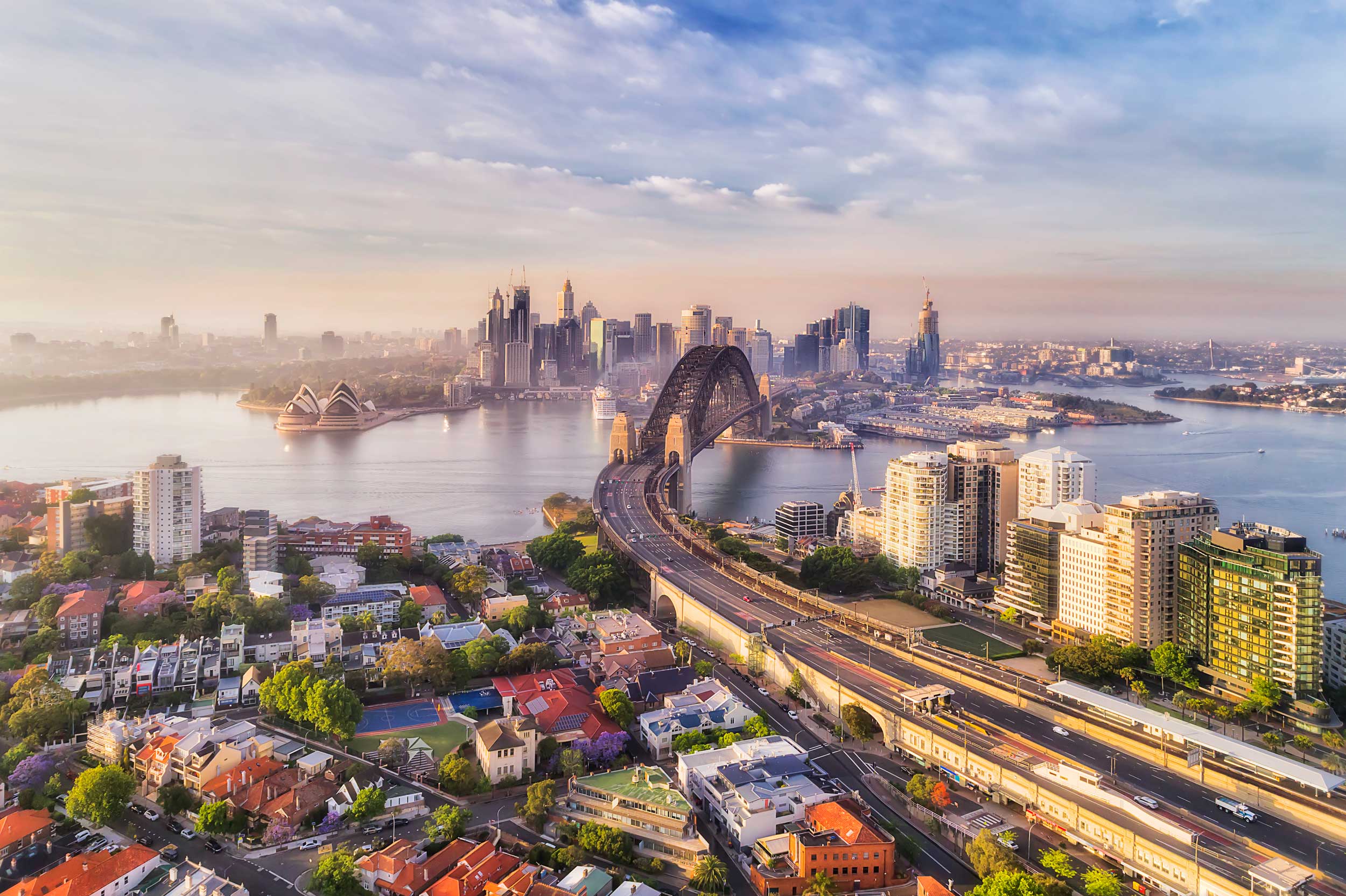As we make our way into a dark performance place and take our seat on rather arbitrarily placed chairs and stools or even the floor, we are positioned as sharers rather than spectators. The fourth wall, the barrier between audience and performance, is visually breached as a vast roller door opens to admit a ute “built to cope with the rough Ausssie terrain”, and its driver, a very causally dressed James Nguyen, emerges. He begins in conversational style, to tell us about his venture into the interior.
Having come to Australia from Vietnam at eight years old, Nguyen’s memories of his homeland are vague, but he does remember the times spent with his uncle, Cong Ai Nguyen, with affection. By dint of the Nguyen family’s scrimping, Ai is eventually brought to Australia, to freedom and fortune, but as it turns out, to a prison of unrealistic expectations. Despite what might be seen as his “debt” to his family, Ai made an escape to the countryside becoming an itinerant fruit picker.
Nguyen himself is also a fugitive from the middle-class dream. Originally destined for pharmacy he made his escape into art, and perhaps his early affinity with Ai was an indication of their similar natures; the desire to shape rather be shaped. Wishing to be closer to Ai, but separated by physical distance and language barrier – we do hear the short, unproductive telephone conversations in Vietnamese – Nyugen decides to seek out Ai in country Victoria. There, he makes the discovery that his uncle takes photographs of things of interest to him in his daily life. Even more exciting is the discovery that, as Ai uses an elderly camera, he simply deletes his daily documenting when its storage is full and starts again. “Conceptual art,” his nephew shouts from the back of the white ute (by now liberally covered in the red spray of back roads) – that is, a work which like life is always in progress.
In a sudden switch – literally as we have to turn physically to face another direction – we see some of Ai’s photos endowed with a painterly texture that comes from being projected onto a brick wall. His work is accompanied by a voiceover in Vietnamese, reminding us our country has many languages and we need to embrace these other voices as much as we need to appreciate that our belief in the myths of our own superiority in agricultural practices and land organisation may need a reality check.
Appropriately, this heartfelt performance closes on a Nguyen and Ai collaboration in several short videos, beginning and ending with the idea that barriers can be broken down and borders breached by both love and art.





